Badia a Passignano
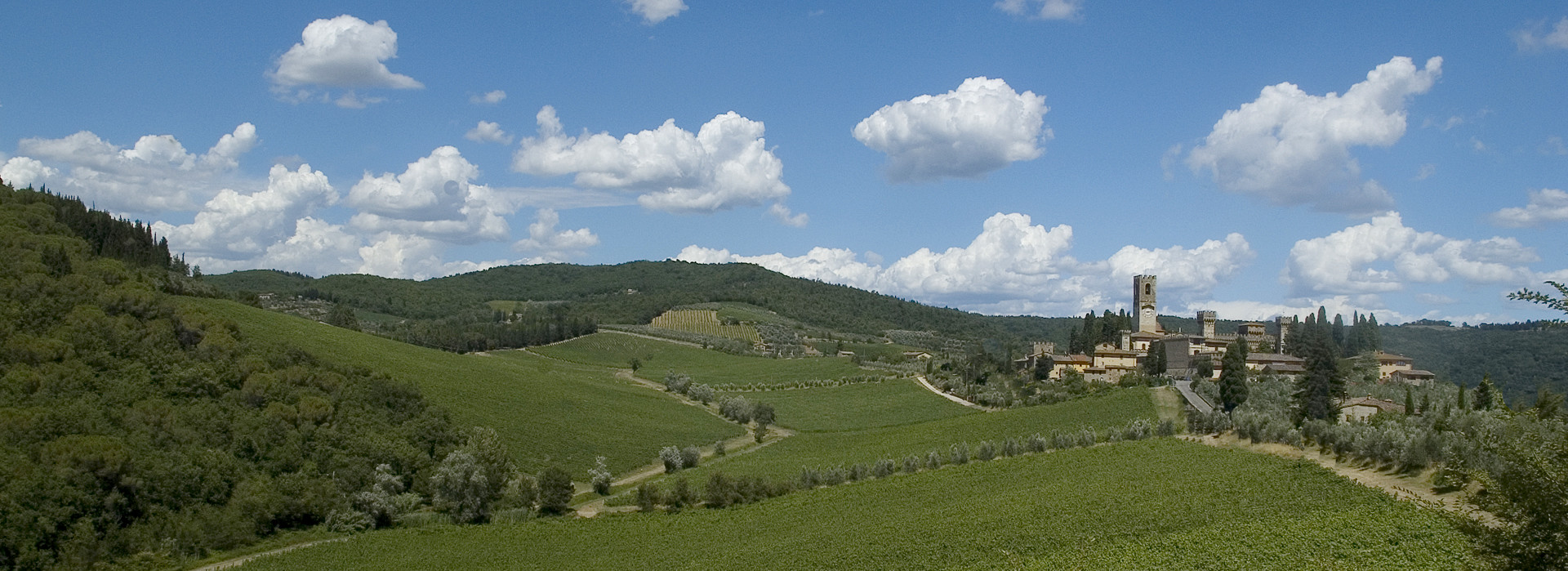
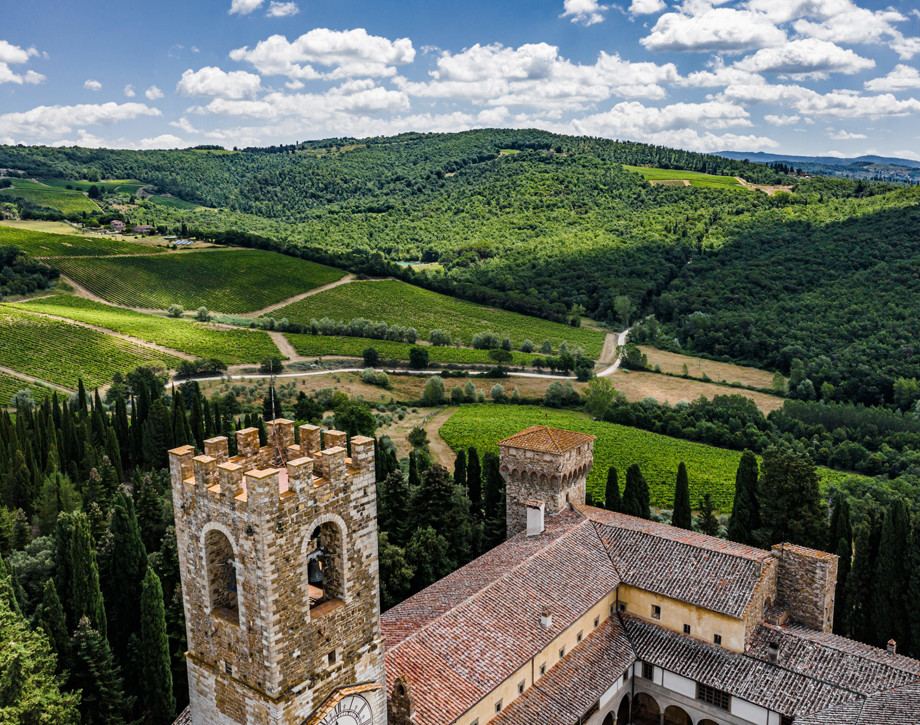
One of the most ancient areas in the Chianti Classico region
Badia a Passignano is located above the town of Sambuca Val di Pesa, just 3 kilometers south of the Tenuta Tignanello estate. The property extends over an area of 223 hectares (551 acres), of which 65 hectares (160 acres) are planted with vines. The estate’s historical importance in the Chianti region is well documented in hundreds of volumes that are kept in the Florence State Archives that provide descriptions and details about the Sangiovese vineyards and local crops over the centuries. Further proof of this came to light in 1983 when a thousand year old vitis vinifera plant was discovered on the land surrounding Badia a Passignano.
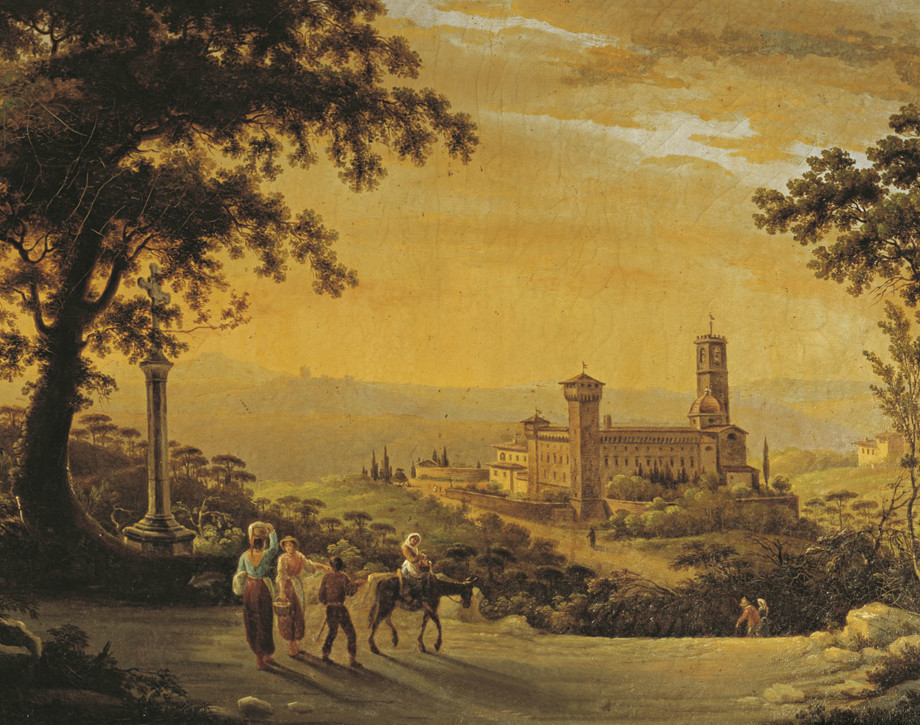
History
There is much conflicting information regarding the year the abbey was founded. In Pietro Aretino’s biography of San Zanobi, he states that the archbishop of Florence founded the Passignano monastery in 395, however the monastery’s oldest documents are dated 891. In 1049 the Badia became property of Vallombrosian order, a reformed branch of the Benedictines who specialized in viticulture and forestry. Historical archives in the monastery report many prominent events, including the stay of Galileo Galilei in 1587-1588 as a mathematics teacher. The monastery has undergone restoration and conservation work that has changed its structure and appearance over the centuries.
Vineyards, Research and Development, Cellars
Wine Country for over 1000 years.

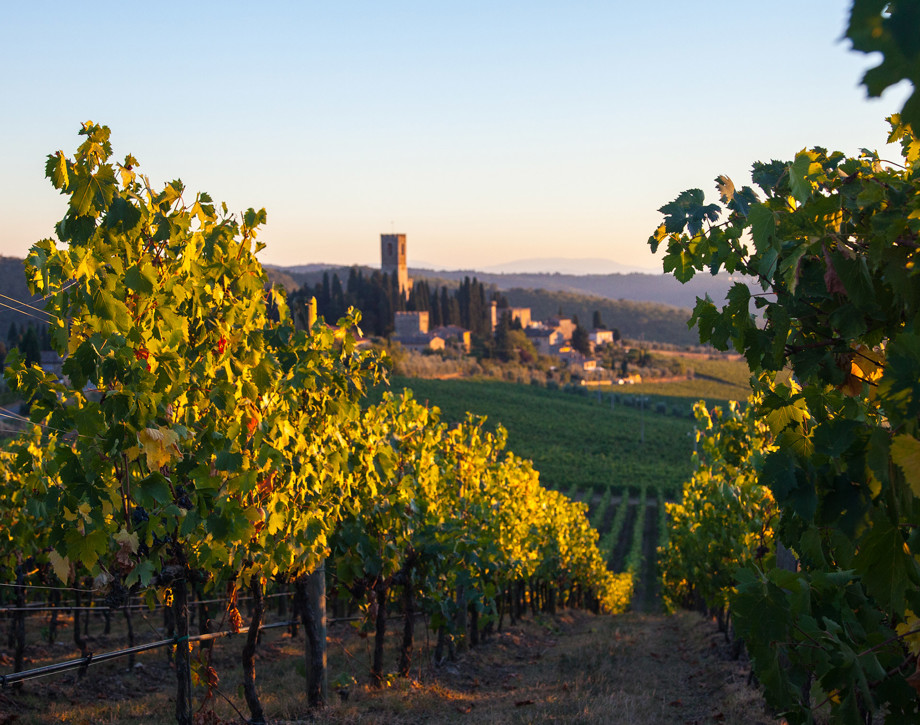
The Vineyards
The abbey's 65 hectares (160 acres), planted principally with Sangiovese, grow at an altitude that varies between 250 meters (820 feet) and 300 meters (984 feet) above sea level on calcareous soil in one of the most naturally endowed and beautiful environments in the Chianti Classico region.
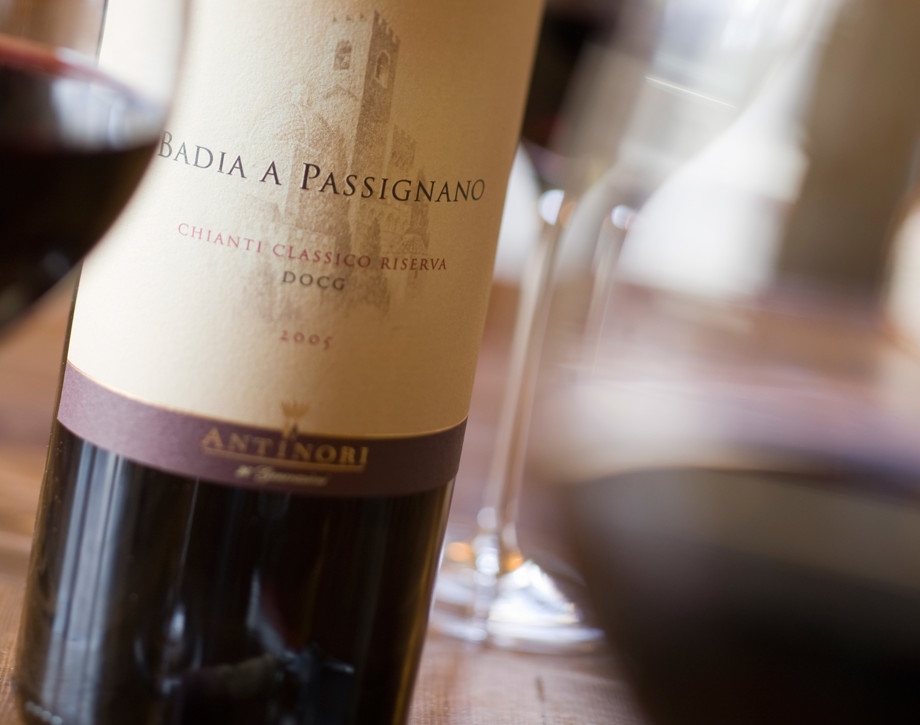
Badia a Passignano Wines
Badia a Passignano Gran Selezione is made exclusively with a selection of the best Sangiovese grapes harvested from the monastery's historic vineyards.
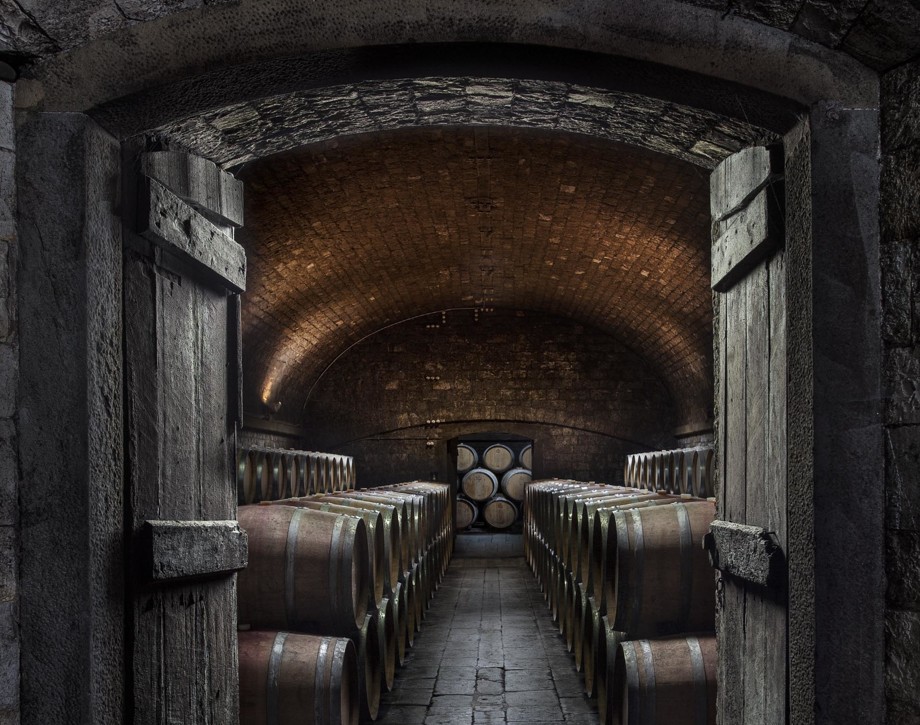
The Cellars
Fascinating medieval cellars from the tenth century are found directly under the monastery. Vaulted ceilings and massive walls naturally keep humidity and temperatures constant year round. Badia a Passignano is aged in Hungarian oak barrels in the maze of passageways in these underground cellars.


















